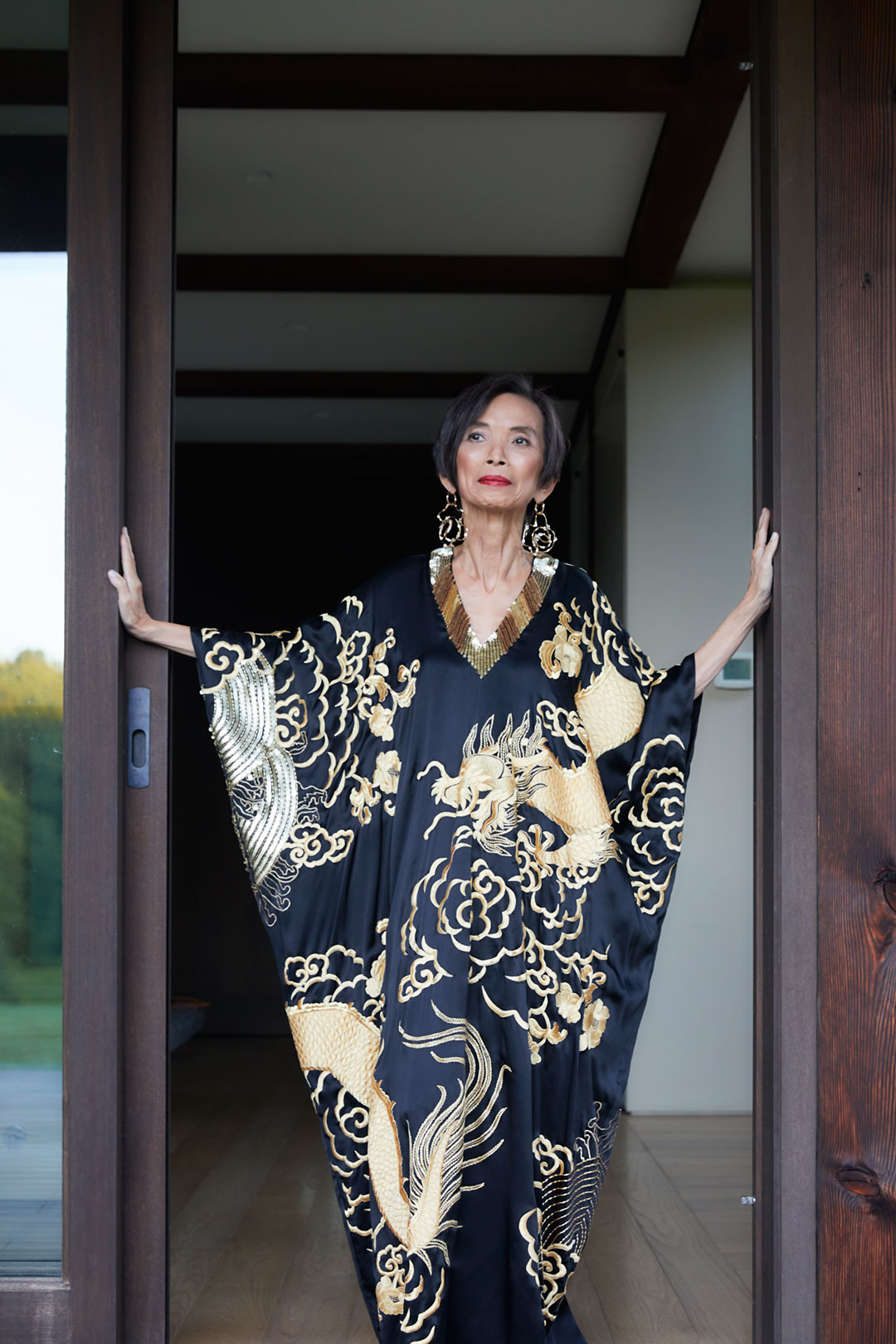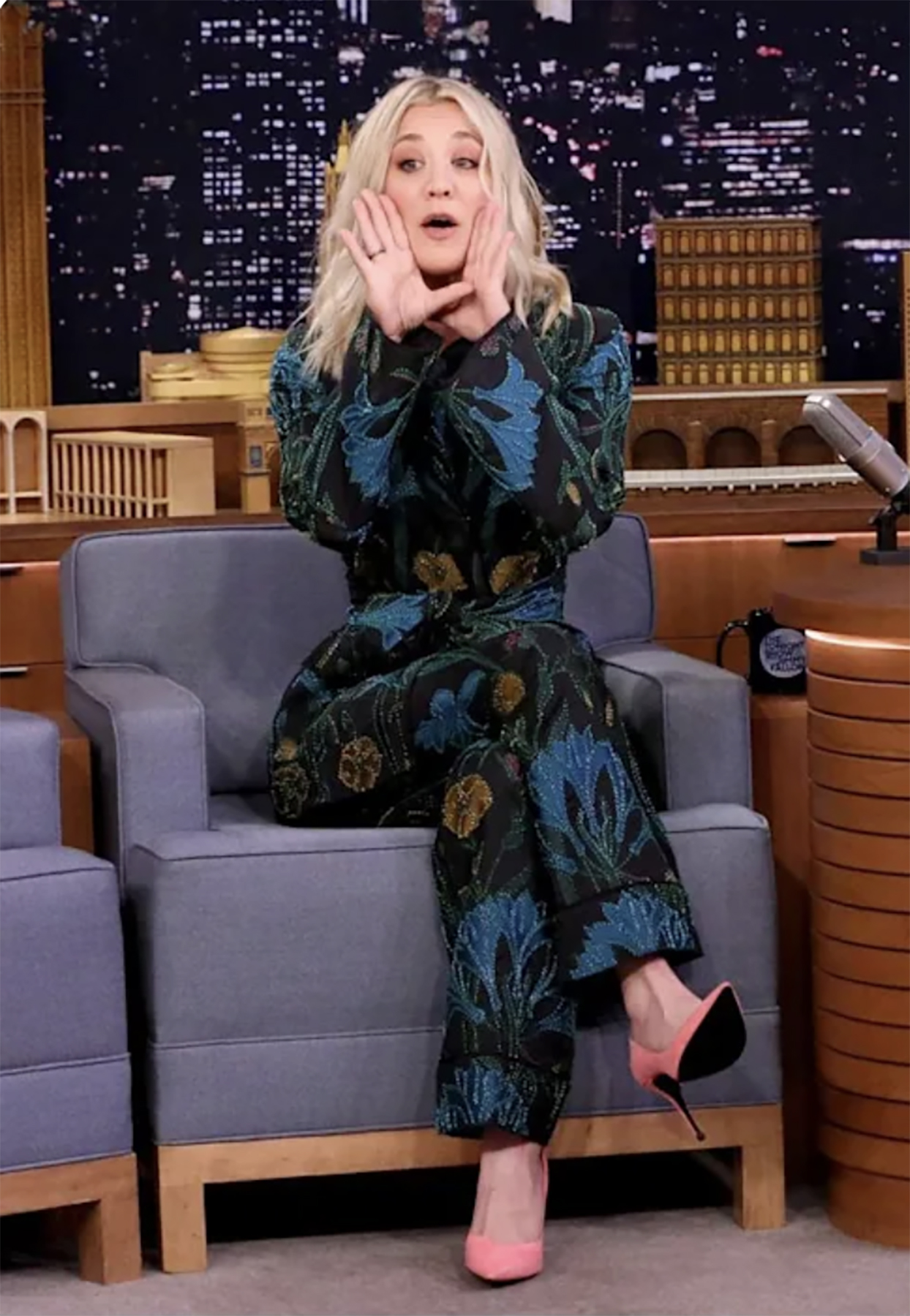
- Fashion
Josie Natori: From Wall Street to Boudoir Wear and a Fashion Empire
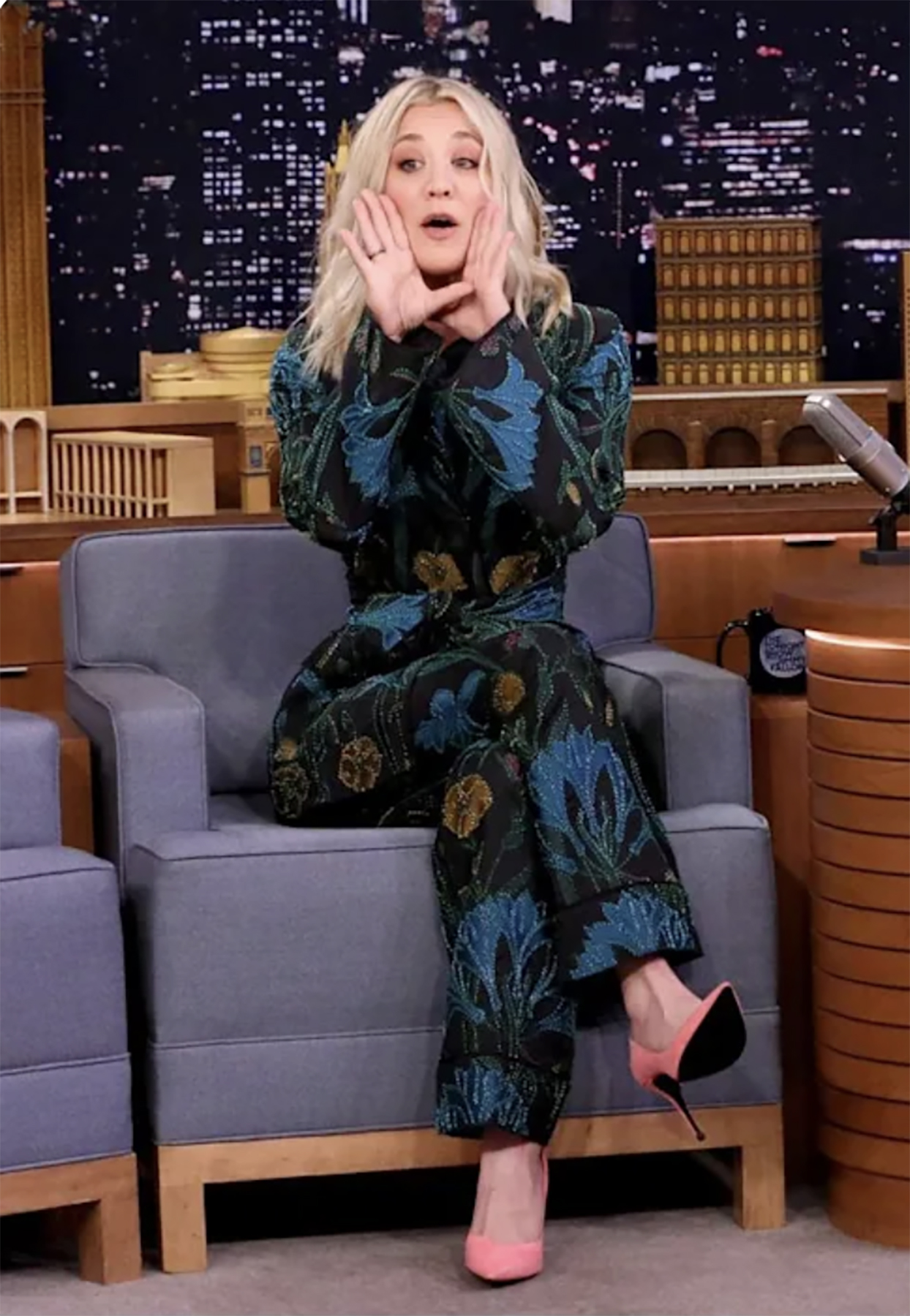
If you ask Josie Natori, she will describe her involvement in fashion as “an accident.” The “accident” has made her namesake brand, Natori, that began as a luxury lingerie and sleepwear line into a multi-million empire encompassing jewelry, men’s wear, shoes, perfume and more.

Lady Gaga, Kate Beckinsale, Katie Holmes, Kaley Cuoco, Emma Roberts, Olivia Munn, Kourtney Kardashian, and Rose Huntington-Whiteley are among the celebrities who have worn Natori’s lingerie and underwear, paired with jackets, coats, skirts, and pants, in events.
Born Josefina Almeda Cruz in Manila, Philippines, to parents who were entrepreneurs, Natori knew her future was in business and finance. She learned about commerce from a young age. Even her grandmother owned several businesses, including a pharmacy.
Natori went to Manhattanville College in New York when she was 17 and graduated with honors in economics. Two weeks after graduation, Natori went straight to Wall Street where she met her future husband, Kenneth Natori, a very successful Japanese American investment banker.
Natori became the first woman vice president in investment banking at Merrill Lynch. “I always thought that would be my world,” she said in our interview.
“But I always knew that we would have our own business because I grew up with entrepreneurs – my father, mother and grandmother. I was exposed to that. Our culture is, you go into business, right? You go and help yourself.”
But Natori got bored with finance. She wanted to be involved in something creative.
A friend asked her if she could turn an embroidered peasant short blouse into a nightshirt, which prompted the idea of creating beautiful, unique lingerie. Soon, the name Natori became synonymous with upscale, loungewear, some worn with fashion panache in public by stars.

At 74, Natori is the CEO and founder of The Natori Company which has expanded from boudoir apparel and ready-to-wear to home décor, accessories, perfume, and a men’s line of clothing. This year, the company is celebrating its 45th year in the business.
We talked to Natori by Zoom while she was in New York, from Los Angeles. Below are excerpts of our conversation:
You went into fashion by accident. Can you tell us more about that?
I obviously decided to be in something that had to do with the stock market but at the time, it was the 70s. My husband and I were brainstorming on so many business ideas, including a McDonald’s franchise, a car lot, different things.
In the end, I decided I wanted something that I could relate to. My husband was perfectly happy in Wall Street, but I needed a new challenge. I decided that I would like to have something to do with the Philippines – buy and sell.
I wasn’t looking to design. I was looking to establish a business but having a connection with the Philippines, which I feel was my asset. It was my advantage because when you start a business, you have to have that advantage over the next person. I started experimenting in things like exporting baskets and then furniture reproductions. None of those really panned out. I was still working in Wall Street when I was experimenting, just to see.
Then a friend of mine sent me a suitcase of embroidered blouses. That’s where the idea came. I said, oh, let me see if there’s a business in this. I happened to have shown that blouse to someone who said, “Okay, go to this person.”
It was nothing original. It was just a short blouse with peasant embroidery in 1977 that I showed. They said, “Why don’t you make this into a nightshirt?” And that is really the history of Natori.
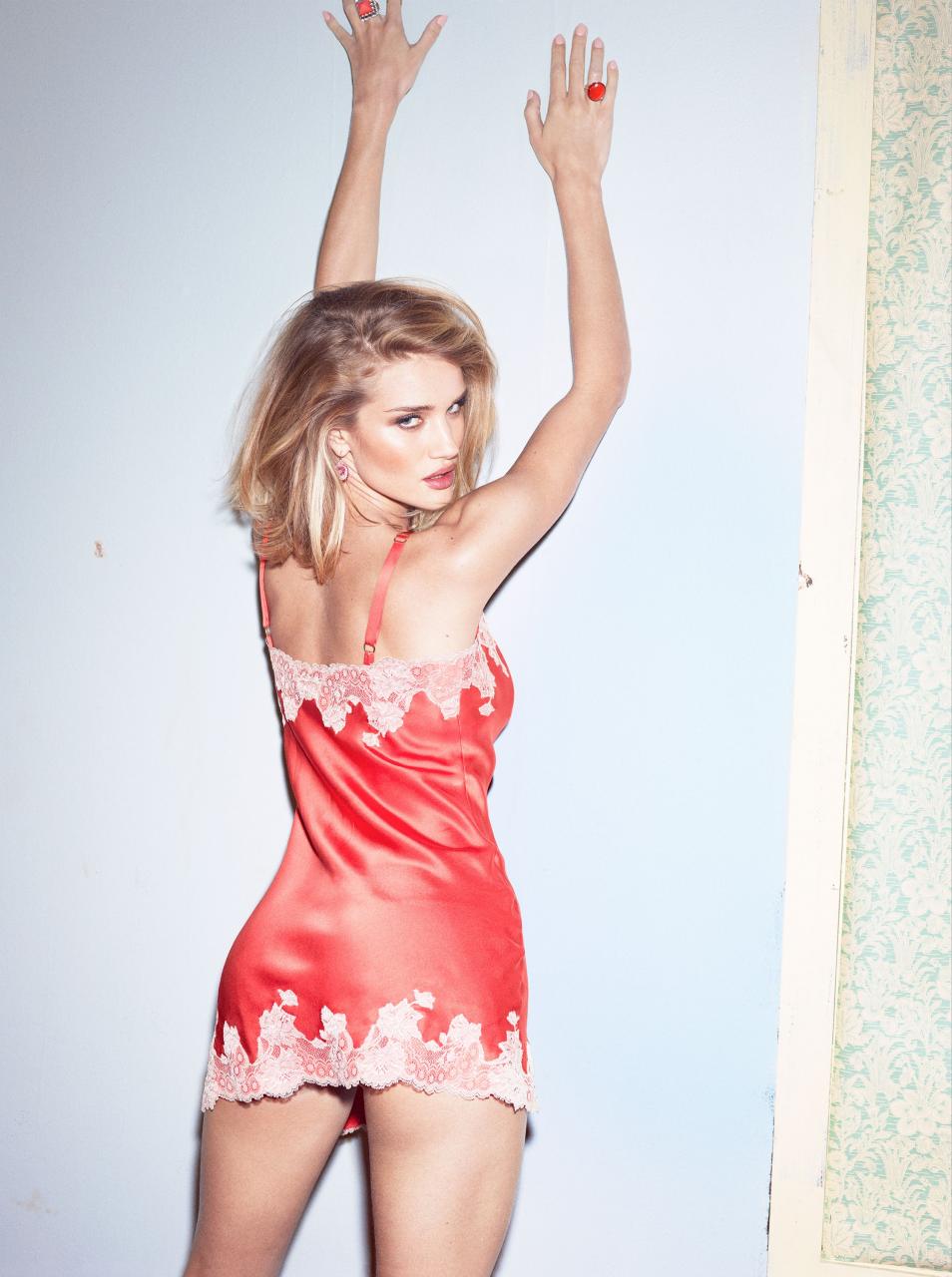
I didn’t even know what a nightshirt was. By accident, a blouse turned into a nightshirt. That’s how I started in lingerie – by accident. At that time, the lingerie market was totally boring and sleepy. It was either very old or very slutty.
So, I brought fashion into it instinctively as a woman. I’m a prude at heart. I don’t know how I got into lingerie, but I think it was about something feminine and color, and it’s fashion. Just because you’re sleeping in it doesn’t mean it shouldn’t be fashion. So that’s how we’re very distinct to this day.
The company we’ve expanded into is about a whole lifestyle. It’s a concept of living, of dressing that goes from day to night with an East-West sensibility. Some people just happen to sleep in the clothes we make, right? But that’s not the point that I’m making.
We’ve been lucky. In this pandemic, everyone else suffered but the category of lingerie or pajamas was like, “Wow.” That’s what people were doing, staying at home and wearing pajamas and loungewear and stuff.
That’s the roundabout way but that’s how I got into fashion – by accident. I never thought that I would be building a brand. It was, to me, just a business, buying and selling. But as I learned on the job and you learn, and then here it is, 45 years later. I’m still here.
You have successfully expanded beyond the bedroom.
Yes, yes, yes. We have jewelry and home products. We’re just about to launch footwear. There’s a lot. It’s exciting.
I never thought about just for the bedroom in the beginning. Never. If you see the first collections we had, they were blouses. They were made of cotton. If you wore them out, you just made them longer. So, it was always inner wear underwear.
We were the first to bring fashion in the lingerie world but to me, they’re clothes. I always approach it with that in mind. It’s versatile. You want to sleep in it? Fine, you can sleep in it, but you can also go out in it. That has always been the philosophy of the brand. Now, more than ever, particularly today after this whole pandemic, women are like, “Hey, why do you have to have different … Why can’t something be versatile like that? Who says?” Right?

Obviously, there are boundaries. You’re not going out in your panties and all that. Although, listen, Lady Gaga, after the (Grammys) … I think it was in 2019, you can see from our website. She came out with our bra … literally, she was just wearing pantyhose, a coat, and our bra. Amazing.
I never believed that you should tell a person when to wear what. You just give her that and let her decide with her life. I’ve never been dictating because every person, to me, I want the individual to express her personality. Don’t dictate because how you express yourself will be different with the same clothes.
So, you just give her the tool, and then you go into figuring out how to dress yourself. I like that. What I enjoy about this is so much more – it’s the concept to make dressing not a chore. It should be effortless because as a woman, a businesswoman, a mother, I thought all of that. It should work for us, not we work for it. It should be, and then if it pleases, right? I spent a lot of time on that. It’s always about the consumer the most. What does she need this for? It’s not just creating stuff. I think that’s really important.

You were born in Manila. What is it about Manila that influenced you to become a fashion designer?
I was born in Manila in a hospital downtown. My upbringing had a lot to do with the DNA of what Natori is about. The East-West sensibility is part of the hallmark of the brand. That’s obviously the art that I was brought up in and surrounded with. I do think that is what Natori is about – the philosophy about a woman treating herself, feeling good, being strong and independent and buying for herself, and having that confidence. It’s a lot from my upbringing, being in a strong matriarchal society, having a strong grandmother and mother. I was the oldest of 32 grandchildren from one side.
I have 76 first cousins and 43 from the other side. You can see I grew up where women were empowered or strong. They were career people. They also took care of themselves.
My grandmother was really a model of an entrepreneur who was in all kinds of businesses. I watched her as a child since I was the oldest grandchild. She was a businesswoman delving into different things, but she always looked good. She was well dressed and put together and her home was always proper.
When I think about what I’ve done, it’s like an embodiment of what I believe in – that woman can be what they want to be and take care of themselves. At the same time, you never have to sacrifice femininity.
I believe that you treat yourself because you work so hard and then you also have to look good. I’ve always believed that looking and feeling good is a given. I was brought up in that environment where you took care of yourself. I don’t believe in sloppiness. Dressing up was important. Treating yourself was important. We grew up in that culture where you treat yourself. You love jewelry and beautiful things and live well. So that’s important in terms of the psychographics of the brand because Natori is all about that.
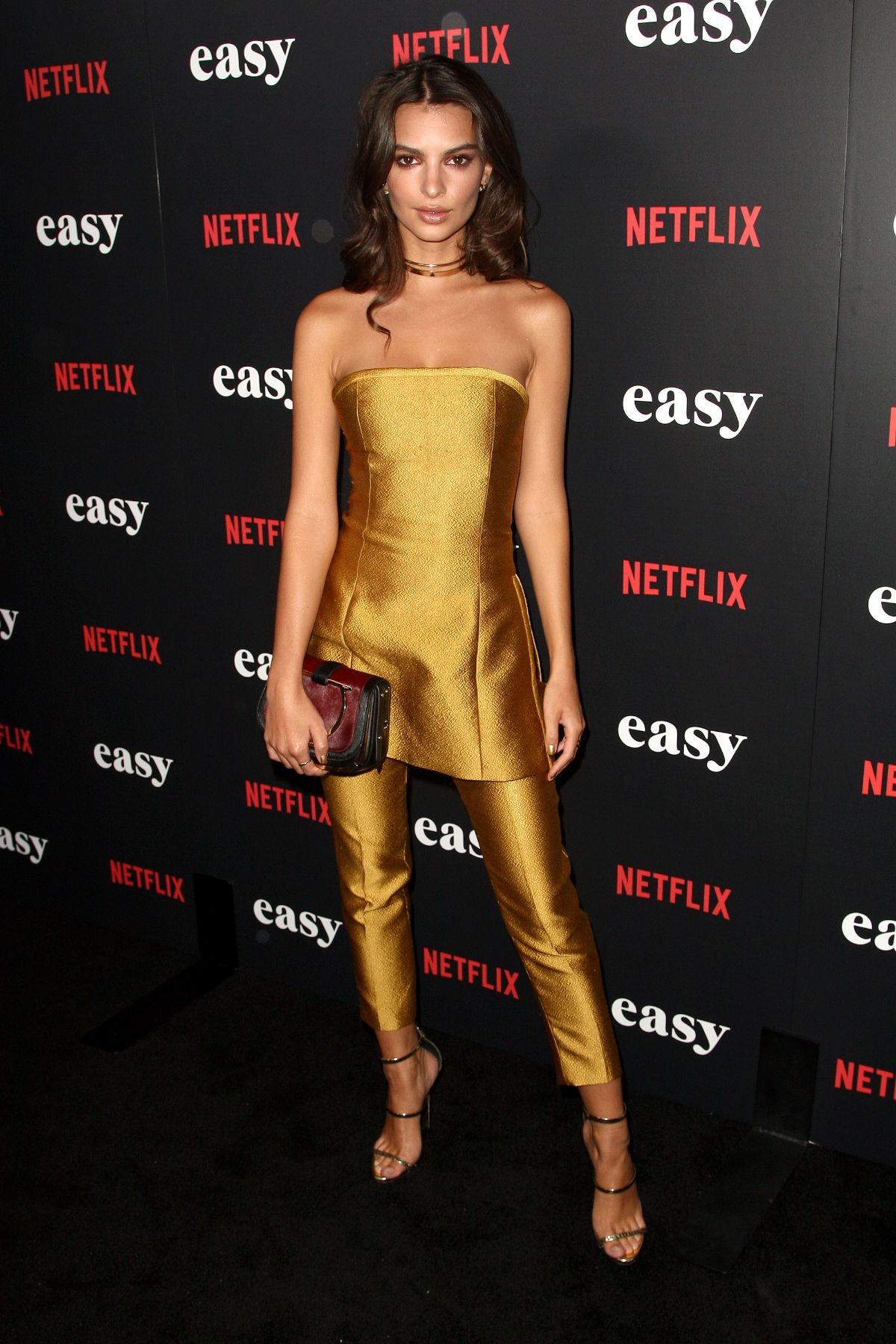
It is me creating products that make women feel good because you know what? We work so hard, we deserve it. To me, indulgence is a necessity.
In terms of the actual design elements, obviously, I’m very much drama because I left the country at age 17. I’ve been here (in the United States) for a long time. My design elements are my way of going back to my heritage. We get not just the Philippines but the Asian culture because I also love that.
I love exoticism but at the same time, we grew up with the calado (embroidery) and the embroidery from the Spanish influence and all of the beautiful colors. Appreciating craftsmanship is something that influenced me because people took six months or a year to do something.
It must have been a challenge for you to dive into a fashion venture, especially since you’re a woman of color.
I had the confidence. I’d been fortunate and I was in the right place at the right time.
I actually consider being a woman as my biggest asset and being Asian, my second biggest asset. I use them to my advantage. I have that mindset. Nothing deterred me, and yes, in the fashion field here, very few can be successful especially, running their own business, and certainly being a woman.
I didn’t know what I was doing when I started because nobody taught me the trade. But in a way, ignorance was probably helpful because I learned on the job. That was my way of learning.
My father was a self-made man. He came from nothing. I learned from him. You have to take risks. I’m a curious person. I went into fashion totally blind, without knowing anything. And, in a way, that probably was good.
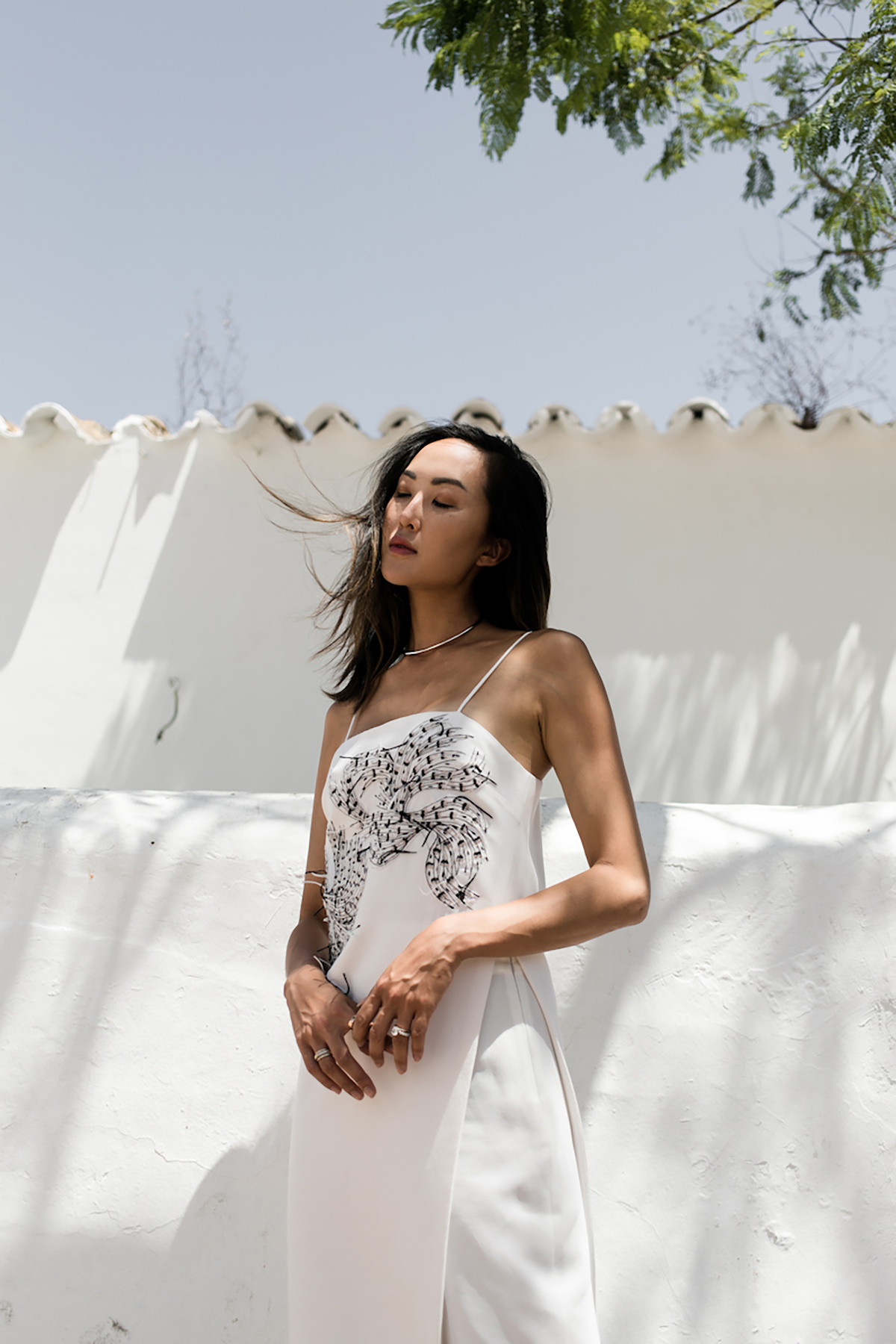
If I probably knew too much about it, maybe I would not have gotten into it. I have no idea. I’m a musician at heart. I’m a pianist since I was four. So, I do things instinctively. I have a lot of energy and I’m just naturally passionate about things when I like something.
So, I just went into it with like, okay, let’s go for it. And you just keep going until you say, I can’t do it. But 45 years later, I’m still stimulated, I still like it, even though it’s very difficult.
People say it’s unusual but to me, there were advantages to being a woman. Because creating things for women – who knows better than a woman? And my Asian identity created the distinctive imagery of Natori. When you see something in Natori – a pattern, from afar – you say it’s a Natori because the patterns are bold. They’re distinctive.
You can see the East-West feeling. There’s a sense of confidence, there’s artistry. And then all our embroideries come from my upbringing in the Philippines where you appreciate embroideries and all the work done by all these wonderful artists. It’s a hallmark of the brand. So, to me, it became the asset and the defining image of what the brand is about.
Many have come and gone but you’re still strong and going stronger after all these years. What is the secret of your success?
In my upbringing. I don’t ever use the word that I’m successful. I don’t sit on that because the day you think you’ve made it, that’s very dangerous. I feel that we are small compared to the big brands. If you think about Michael Kors, Tory Burch, and all the big brands, they’ve got big companies behind them.
I chose to be independent and a family-owned company. That’s our choice. I never think, oh, I’ve made it. I’m always there figuring out – it’s the musician in me. You never think you played it perfectly. There’s always a better way to play a note.
I like to say that you never play the same note twice the same way. I’m always allowed to keep evolving and changing. That has kept me going, honestly, because I left Wall Street after nine years because I got bored. The challenge was gone.
I didn’t think I would last this long in this industry. I have been fortunate that it’s these two sides of my brain, the left and the right – the combination of the business and the creative. I feel blessed and really very lucky to be in something where I can use both and get moving.
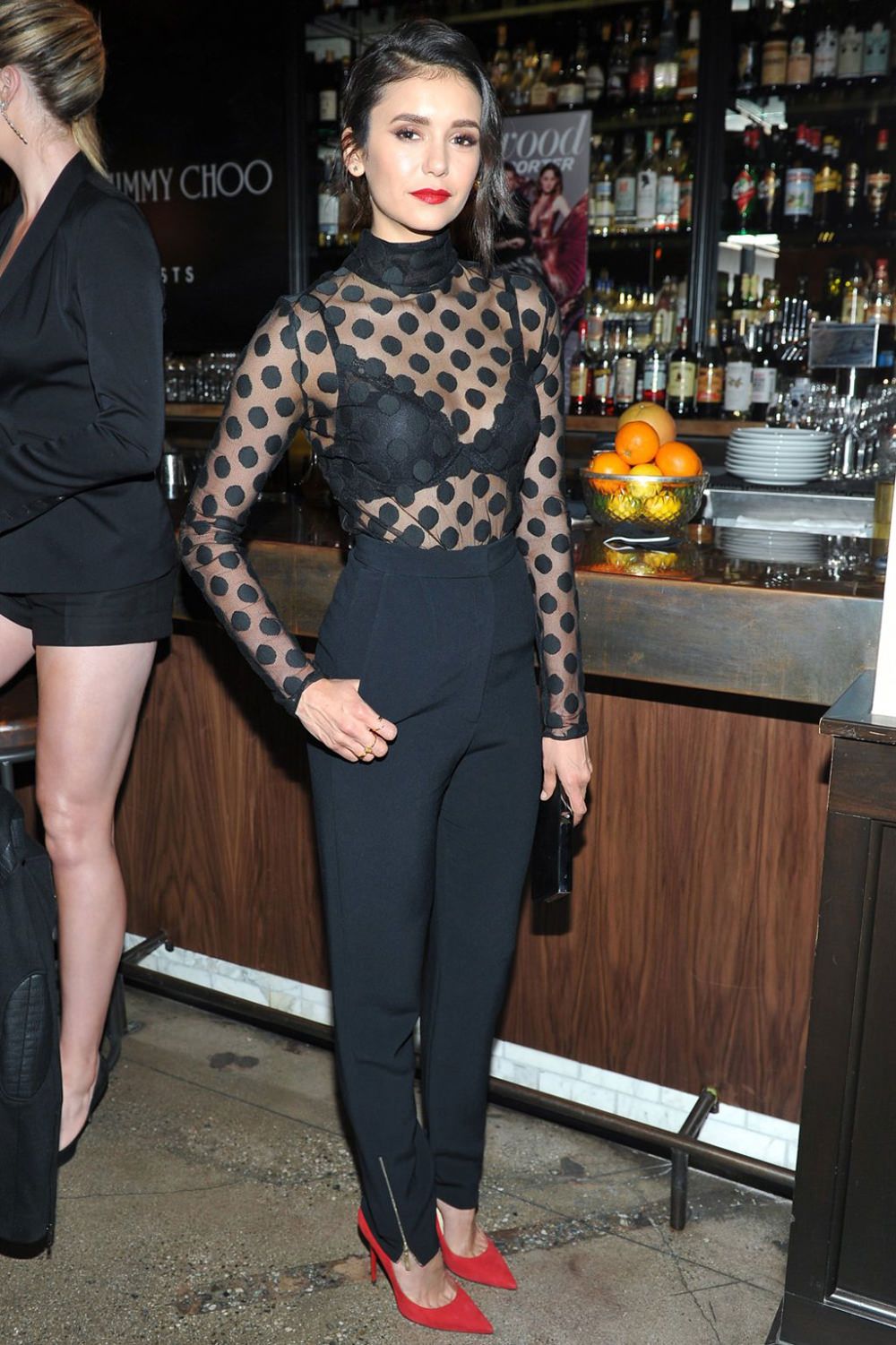
Fashion is not realizing it is one of the most difficult. It’s not where you would get the best return for your money and efforts but it’s too late to change. Now I got into it, I have to say there is gratification. I am gratified that we’ve been able to build a brand but it’s not easy.
If I started with ready-to-wear sportswear 45 years ago, I probably wouldn’t be around. I would have been massacred then. I was like a big fish in a small pond, in a way. From the lingerie, I was able to branch out. But it’s still our core and I’m very grateful for that.
We’ve been able to build a presence of the lifestyle but if it were not for the kind of imagery and the quality that we have been making, that it’s been mostly 70 percent made in the Philippines, we wouldn’t be here today.
My Philippine heritage, the craftsmanship in the Philippines, the factories, and the work quality we have been given consistently, which I can say over 70 percent is done in our factory.
It’s all intertwined with the Philippines. Without me being a Filipino, without me having done manufacturing there, without me with the background there and all that.
Do you use indigenous materials from the Philippines?
Sometimes for accessories. I’m hoping I can use more in our footwear and sometimes for the home.
It has to be something that is wearable. I tried using these indigenous materials, but it has to be in the right context, get inspired via the patterns and things like that. It’s more than workmanship, you have to be real about the practicability of the material, for everyday life.
